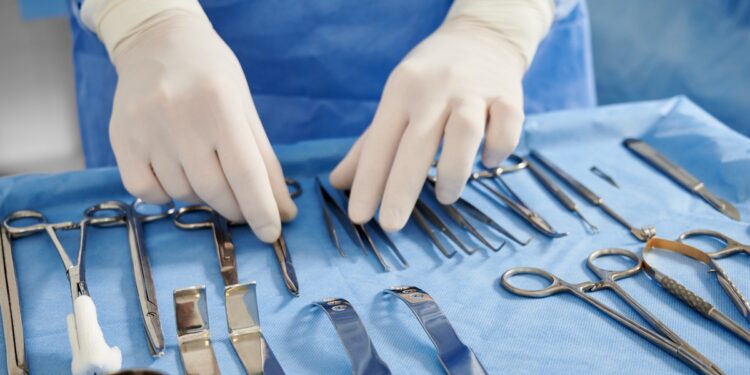Every successful surgical procedure relies on precision, skill, and the right tools. Surgeons depend on a carefully selected array of instruments to navigate complex anatomical structures, control bleeding, and close incisions with accuracy. While modern operating rooms may house hundreds of specialized tools, a core set of instruments remains indispensable across nearly all surgical specialties.
Understanding these essential tools helps health care professionals appreciate the craftsmanship and engineering that go into each procedure. Knowing the most commonly used instruments in surgery provides valuable insight into the surgical process.
Scalpels: The Foundation of Surgical Incisions
Scalpels top the list as perhaps the most recognizable surgical tool. These precision cutting instruments feature disposable or reusable blades attached to handles of varying sizes. Surgeons select blade shapes based on the type of incision required. The #10 blade handles general incisions, while the #15 blade excels at delicate work requiring fine control.
Modern scalpels offer exceptional sharpness and consistency. This reliability allows surgeons to make clean, controlled cuts that minimize tissue trauma and promote faster healing.
Surgical Scissors: Versatility in Cutting and Dissection
Scissors rank among the most commonly used instruments in surgery due to their versatility. Different types serve distinct purposes. Mayo scissors, with their sturdy construction, cut through tough tissue and sutures.
Meanwhile, Metzenbaum scissors provide a delicate dissection of soft tissue. Iris scissors handle fine, precise work in confined spaces. The choice between straight and curved surgical scissors depends on the surgical field and the tissue manipulated.
Forceps: Grasping and Manipulating Tissue
Forceps allow surgeons to grasp, hold, and manipulate tissue without using their hands directly. Thumb forceps, held like a pencil, provide precise control for handling delicate structures. Hemostatic forceps, such as Kelly clamps and mosquito forceps, control bleeding by clamping blood vessels.
These instruments come with various tip configurations. Serrated tips provide a firm grip on tough tissue, while smooth or fine tips protect delicate structures from damage.
Retractors: Creating and Maintaining Surgical Exposure
Retractors hold tissue aside to create a clear visualization of the surgical site. Hand-held retractors, such as Army-Navy or Richardson retractors, require an assistant to maintain their position. Self-retaining retractors, such as Weitlaner or Balfour retractors, lock in place, freeing up the surgical team’s hands.
Proper retraction prevents unnecessary trauma to surrounding tissue while giving surgeons the access they need to work safely and effectively.
Needle Holders: Precision in Suturing
Needle holders grip curved surgical needles securely during suturing. These instruments feature a locking mechanism that keeps the needle stable while the surgeon passes it through tissue.
Surgeons frequently use Mayo-Hegar and Olsen-Hegar needle holders across numerous specialties. The right needle holder ensures consistent stitch placement and reduces hand fatigue during lengthy procedures.
Choosing the Right Tools for Each Procedure
Surgical instrument selection varies by specialty and procedure type. Orthopedic surgery requires bone-cutting tools and heavy-duty retractors. Cardiovascular surgery demands delicate vascular clamps and fine scissors.
The fundamental instruments discussed here appear on nearly every surgical tray, regardless of specialty. Understanding these core tools helps surgical teams prepare efficiently and respond quickly to intraoperative needs.















